Notice: Below is a list of 0 important links included on this page.
Please note that while screen readers have made significant strides, they may still lack full support for optimal web accessibility.
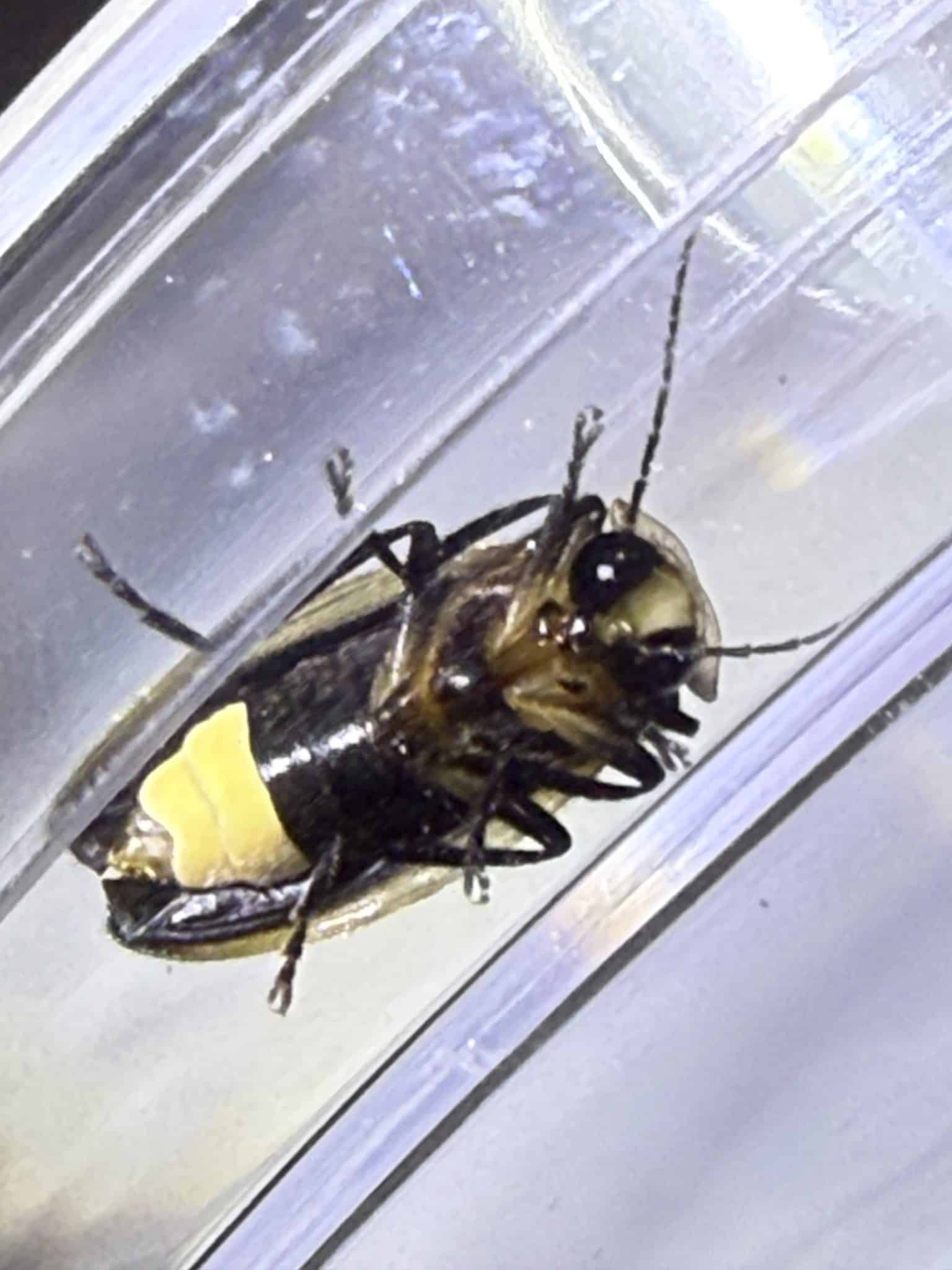
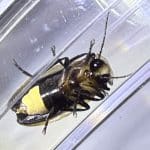
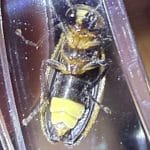

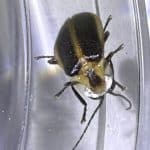
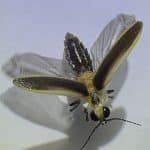
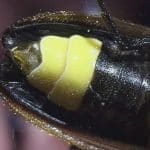
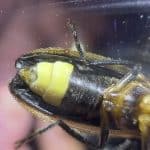
You must be logged in to post a comment.
This is a project of the Xerces Society, working in collaboration with the IUCN SSC Firefly Specialist Group and New Mexico BioPark Society.
Copyright © 2025 The Xerces Society •1631 NE Broadway Street, #821 • Portland OR 97232 USA
Awesome observation! And nice photos!
My only note (and it’s a semantics one) is that I would characterize Photuris frontalis as a single flasher (ie. number of flashes in pattern=1). While it gives “flash trains” of many flashes, the unit that repeats predictably is the single flash.
I have modified to a single flasher. Thanks Richard.
-Mary